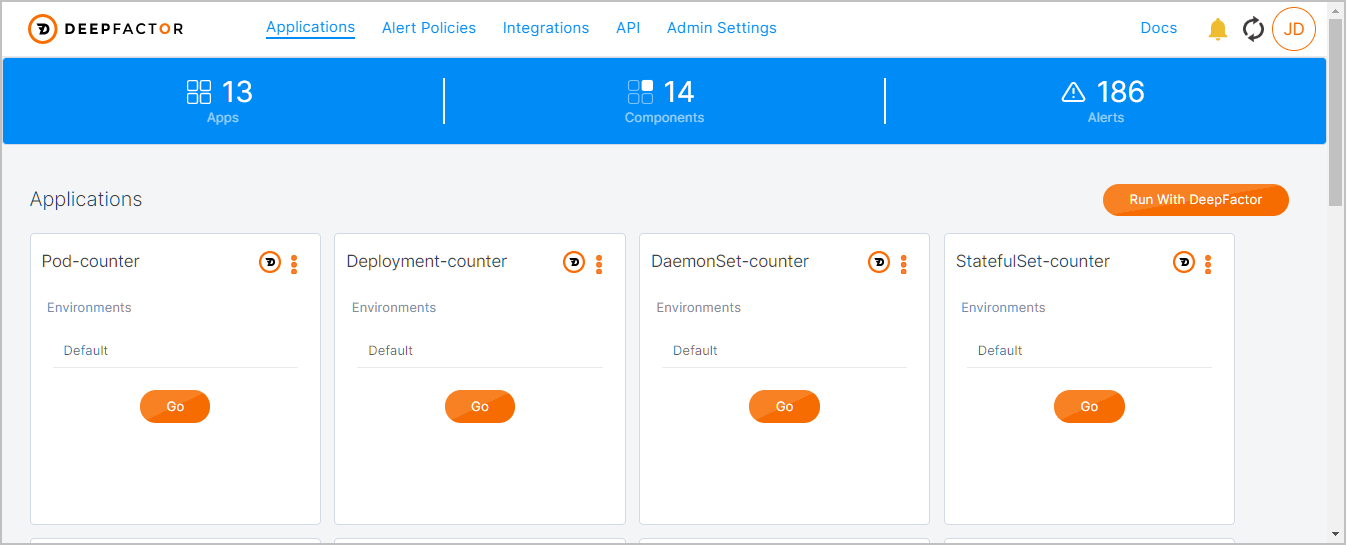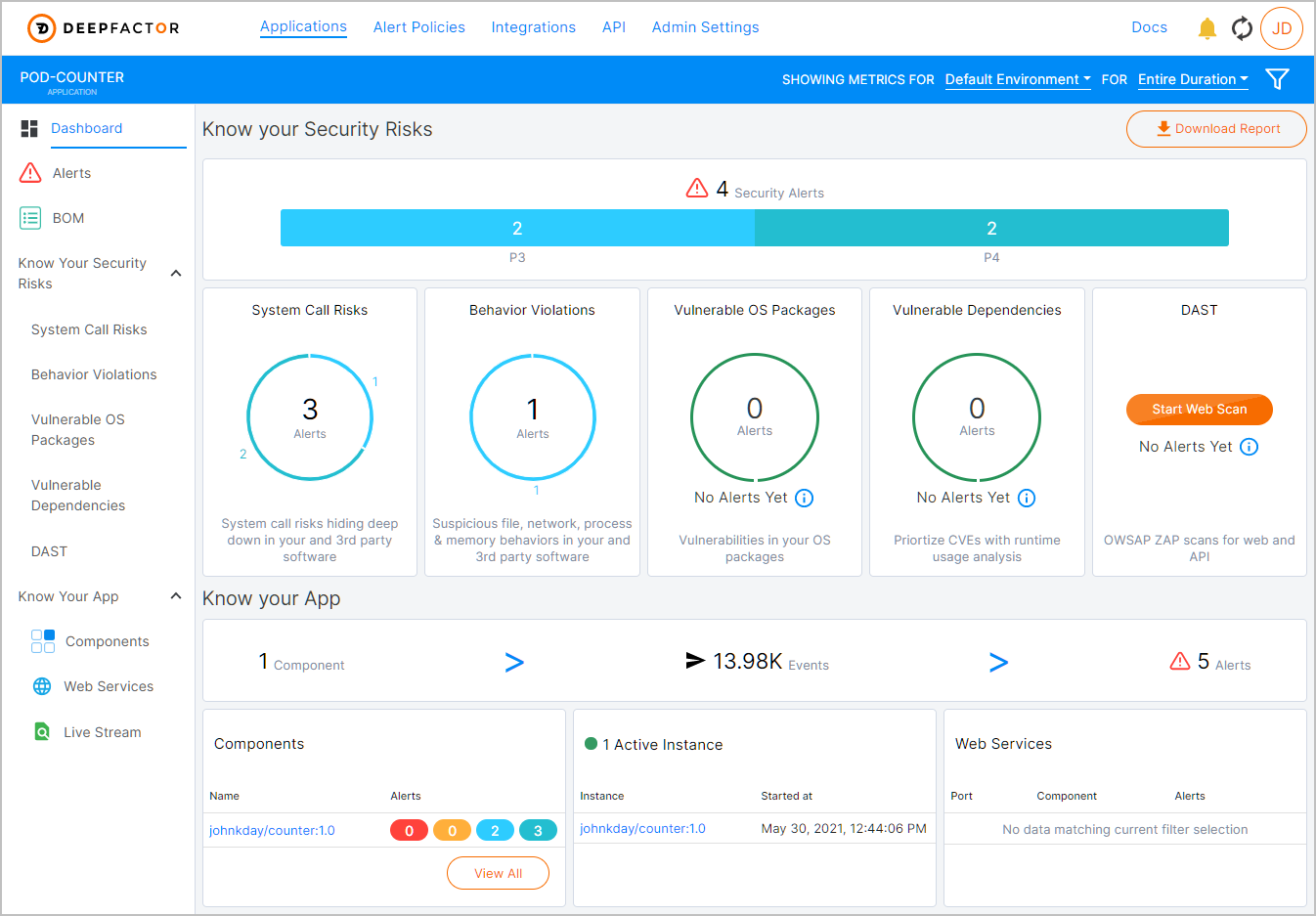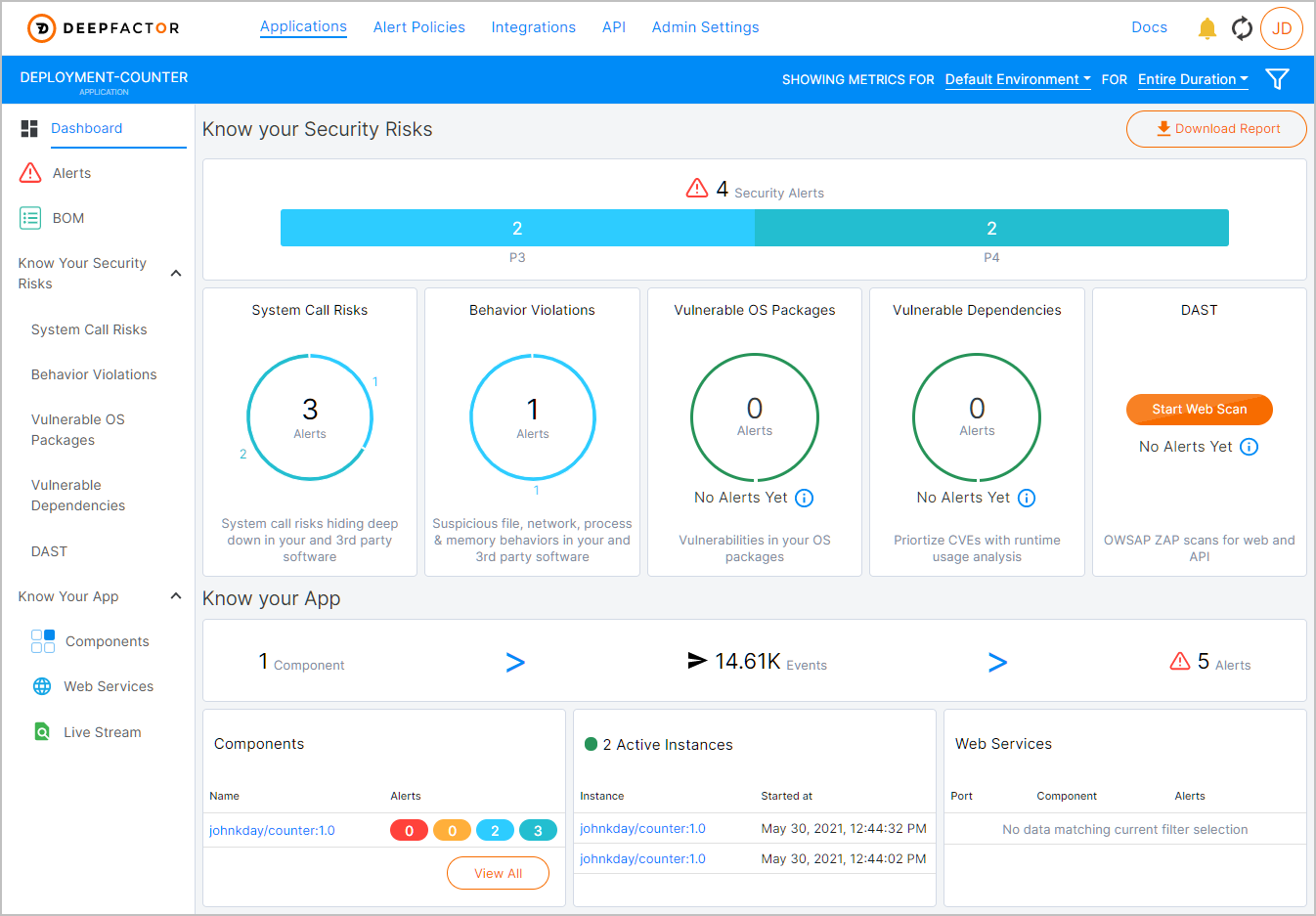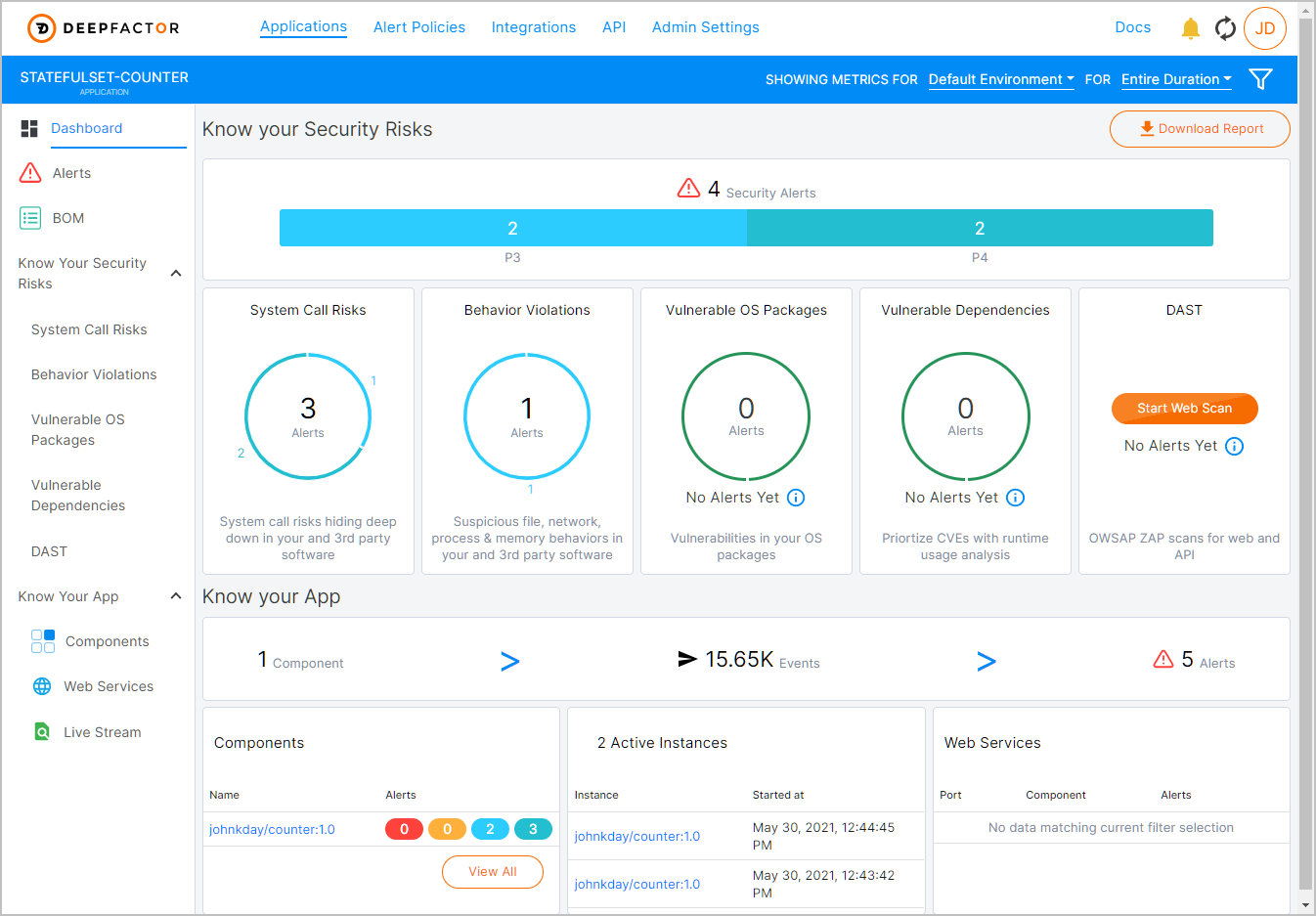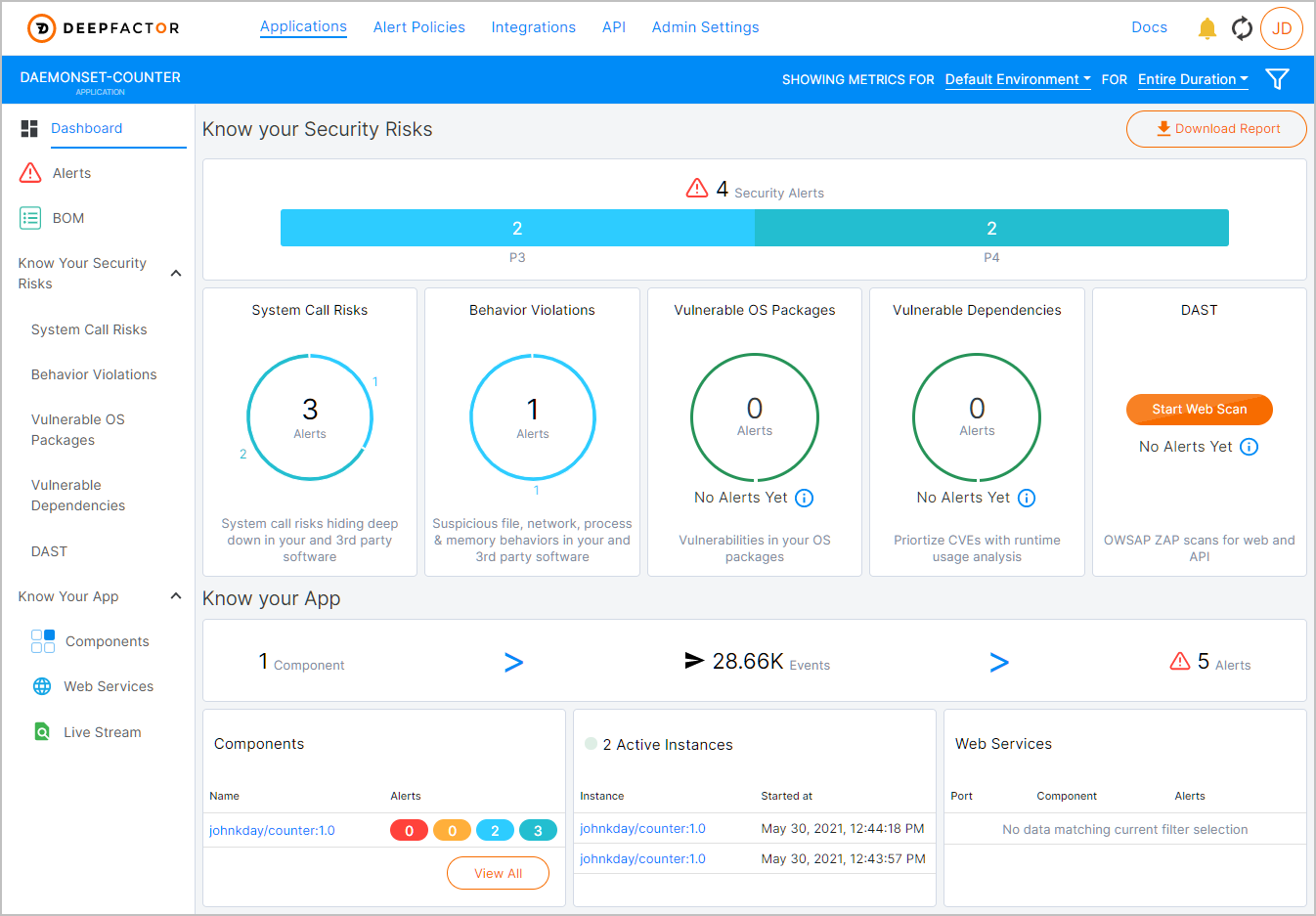Workloads on Kubernetes are deployed using Pods. According to the Kubernetes documentation, "Pods are the smallest deployable units of computing that you can create and manage in Kubernetes".
Applications/workloads can be deployed via 4 different constructs by using their respective YAML decalarations :
Aside from Pod YAML declaration, all other constructs can deploy multiple
replicas(by launching multiple pods) and manage them. For example, in the case of
'Statefulsets' and 'Deployments', one can set the replicas key in the YAML
to have multiple pods. In the case of 'DaemonSet', a Pod will be deployed on each worker
node in the cluster.
Pod anti-affinity is one of the policies that can also be used to ensure that the Pods are deployed on different nodes in the k8s cluster.
Each of the declarations can also include the use of a PVC (Persistent Volume Claim) using a
storage class or a default storage class available for the cluster.
In this demo case, the Longhorn StorageClass is used as the default storageclass.
This allows for the creation of ReadWriteOnce as well as ReadWriteMany, which is
required for multiple pods to read/write to the volumes as needed by both the
DaemonSet and DeploymentSet.
To run a full test the following is required of the Kubernetes cluster:
- Running K8s version 1.18 (tested)
- DeepFactor webhook deployed to cluster
- Multiple worker nodes
- A default StorageClass that can create volumes with
ReadWriteManyaccess mode
- Clone repository from github.
git clone https://github.com/johnkday/DF-instrument-examples - Change directory into glibc directory.
cd glibc - Replace the
<Your Token Here>in each of the.yamlfiles with your own DeepFactor Run Token.
kubectl apply -f . - Apply all of the workloads to the cluster.
kubectl apply -f . - Watch the cluster deploy.
watch kubectl get all,pvc
The pod Init to instrument with DeepFactor should occur for every pod and then
run appropriately by its intended design and should look something like:
NAME READY STATUS RESTARTS AGE
pod/daemon-counter-7z6zl 1/1 Running 0 5m51s
pod/daemon-counter-w7kf9 1/1 Running 0 5m51s
pod/deployment-counter-ff7b5c554-2b5sj 1/1 Running 0 5m51s
pod/deployment-counter-ff7b5c554-4mq7k 1/1 Running 0 5m51s
pod/pod-counter 1/1 Running 0 5m51s
pod/statefulset-counter-0 1/1 Running 0 5m50s
pod/statefulset-counter-1 1/1 Running 0 4m37s
NAME DESIRED CURRENT READY UP-TO-DATE AVAILABLE NODE SELECTOR AGE
daemonset.apps/daemon-counter 2 2 2 2 2 <none> 5m51s
NAME READY UP-TO-DATE AVAILABLE AGE
deployment.apps/deployment-counter 2/2 2 2 5m51s
NAME DESIRED CURRENT READY AGE
replicaset.apps/deployment-counter-ff7b5c554 2 2 2 5m51s
NAME READY AGE
statefulset.apps/statefulset-counter 2/2 5m51s
NAME STATUS VOLUME CAPACITY ACCESS MODES STORAGECLASS AGE
persistentvolumeclaim/daemon-counter Bound pvc-b7b2ade7-97aa-41f0-9282-53b955c69c97 50Mi RWX longhorn 5m51s
persistentvolumeclaim/deployment-counter Bound pvc-14cde128-169c-42f2-b673-6b1d839ce7b5 50Mi RWX longhorn 5m51s
persistentvolumeclaim/pod-counter Bound pvc-c3968da4-06fe-497e-97da-2e37284e0977 50Mi RWX longhorn 5m51s
persistentvolumeclaim/statefulset-counter-statefulset-counter-0 Bound pvc-7bd089ba-73af-4e85-8e62-9cbab660a228 50Mi RWO longhorn 5m51s
persistentvolumeclaim/statefulset-counter-statefulset-counter-1 Bound pvc-ed286011-8190-41cb-8674-aa9ac6b13737 50Mi RWO longhorn 4m37s
All of the DeepFactor alerts in the portal should be the same:
1. Delete the setup using the command: `kubectl delete -f .` 2. StatefulSet volumes will not delete when they become unbound and therefore must have an explict call to delete them `kubectl get pvc -o name | xargs kubectl delete`
